Sample Space and Event in Probability:
Sample Space- The set of all possibilities of a random experiment is called its sample space. A sample space is denoted by ‘S’.
Example- (i) When a coin is tossed-
| S = { H, T } |
(ii) When a coin is tossed two times or two coins tossed simultaneously-
| S = { HH, HT, TH, TT } |
(iii) When a coin is tossed three times or three coins are tossed simultaneously-
| S = { HHH, HHT, HTH, THH, HTT, THT, TTH, TTT } |
(iv) When a coin is tossed ‘n’ times, then n(S) = 2n.
(v) When a die is rolled-
| S = { 1, 2, 3, 4, 5, 6 } |
(vi) When two die are rolled-

(vii) When a die is rolled n times then (S) = 6n.
(viii) A die is rolled. When it shows an even number, a coin is tossed. Construct the sample space.
| S = { 1, (2, H) (2, T), 3, (4, H) (4, T), 5, (6, H) (6, T) } |
Event- Any subset of the sample space is called an event. An event is denoted by A, B, C, ……..
Types of Events:
(i) Simple Event- A single possible outcome of an experiment is called a simple event. If three die are thrown together then the events { 6, 6, 6, }, { 1, 2, 3 } etc., are simple events. Simple events are sometimes referred to as indecomposable event or elementary event.
(ii) Compound Event- The joint occurrence of two or more simple events is called a compound event. Thus, in the case of three tosses of a coin, the event corresponding to the statement “getting at least two tails” is given by { TTH, THT, HTT, TTT } and is a compound event which is also a decomposable event.
(iii) Sure Event- An event that is bound to happen is called a sure event. If the event is equal to its sample space then the event is called a sure event. In the case of a throw of a die, the event S = { 1, 2, 3, 4, 5, 6 } is a sure event because one of the outcomes from S must occur.
(iv) Impossible Event- An event corresponding to the empty set is called an impossible event. In the case of a throw of die “getting a number more than 6”, “getting a number less than 1” or in the case of a throw of two die together, “getting a sum more than 12” etc. are examples of impossible events.
(v) Exhaustive Events- If the events E1, E2, ……, En of a trial be such that E1 ∪ E2 ∪ …… ∪ En = S (sample space), then the events E1, E2, ……, En are called exhaustive events. In the case of a toss of a coin, if E1 = { H }, E2 = { T }, then E1 ∪ E2 = { H, T } = S. So, E1 and E2 are totally exhaustive events.
(vi) Mutually Exclusive Events- If A and B be two events such that the occurrence of A does not affect the occurrence of B then A and B are mutually exclusive events i.e. A and B are mutually exclusive if A ∩ B = Φ.
(vii) Complementary Event- The complement of an event A, denoted by Ā or A’ or Ac, is the set of all sample points of the space other than the space denoting event A. Thus, Ac = S – A.
(viii) Independent Events- When the outcome of the first event does not influence the outcome of the second event, those events are known as independent events. Example- The event of getting a tail after tossing a coin and the event of getting a head when tossing another coin.
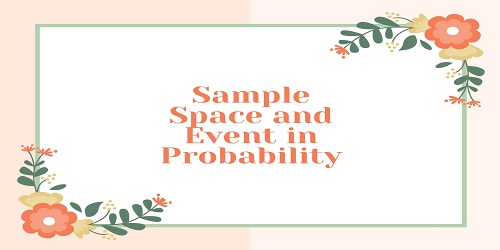
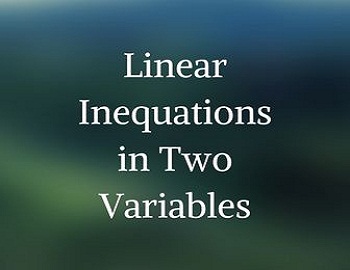


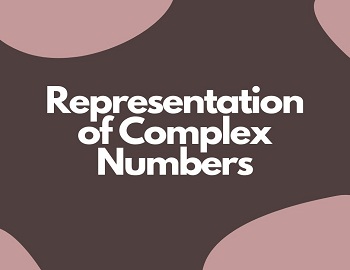

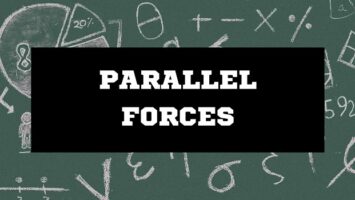

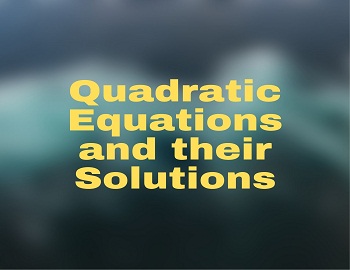
Comments (No)